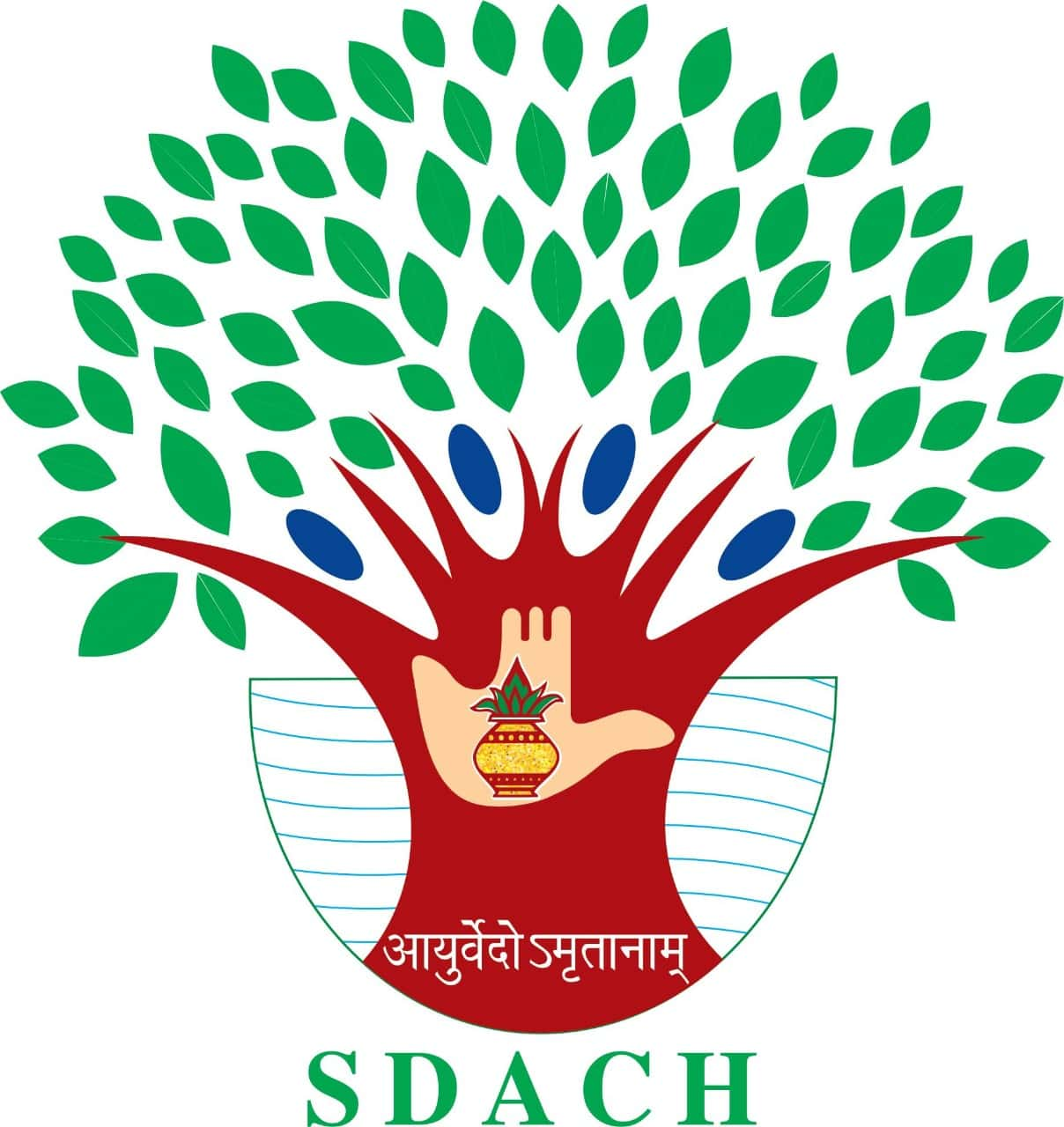Botanical Name : Argyria nervosa
Family : Convolvulaceae
Introduction :
In Indian medicine, A. speciosa is not used as a single drug for sexual disorders in men, but as a supporting drug for exerting its antiphlogistic, spasmolytic and hypotensive actions on the central nervous system. The drug, in itself, did not show anaboliccum androgen-like or spermogenetic activity experimentally
Latin name: Argyria = lower surface of the leaf is silvery white in colour; speciosa = showy, splendid, handsome
Names in different Indian languages :
English : Elephant Creeper,woolly morning glory,
Hindi : Samurasos
Kannada : Candrapada
Malayalam : Samudrapacca,marikunni,marututari
Sanskrit : Vrddhadarukah,bastantri
Tamil : Samuttirappaccai,Ambgar
Telugu : Candrapada
Unani : Samunder sokh.
Folk : Bidhaaraa
Synonyms :
Vriddhadaaruka, Vriddhadaaru, Vriddhadaaraka, Bastaantri, Sthavira, Sthaviradaaru, Atarunadaaru, Samudrashosha.
Argyreia Nervosa (Burm.f.) Bojer
Varieties & adulterants – (CV – controversy, AD – adulterants) :
Seeds of Salvia plebeia R. Br. Are also known as Samudrashosha.
Ipomoea petaloidea Chois and Ipomoea biloba Forsk of the Convolvulacae family are also used as Vriddhadaaru
Morphology :
This widely spreading creeper has a stalk which is hard, thick, round and bears cotton wool.
Leaves – large, 20 – 30 cm. simple,oblong, pointed, upper surface is oily while the lower surface shows hairy growth.
Flowers – bell shaped, white from outside and violet or red within. Flowers bloom in the night and are fragrant.
Fruits—globose, oval, 2-4 cm. long, green, self breaking on ripening.
Flowering season – 4 months from rainy season, followed by fruiting This creeper is usually planted in gardens.
Chemical constituents :
Hallucinogenic -ergoline alkaloids (ergine and isoergine), sitosterol , antiphlogistic
Properties :
Guna: Snigdha
Rasa: katu,tikta,kashaya
Vipaka : Madhura
Virya: ushna
Karma – kaphavatashamak,kasaghna,hridya, sukra vardhana,arsoghna
External uses :
Application of the leaves is done as an anti-inflammatory and wound healing. An interesting point to note is that when the lower hairy surf the leaf is applied on the inflamed part, it accelerates suppuration while the upper smooth surface helps in wound healing.
Internal uses :
It is used in vata diseases, heart diseases, cough (bronchitis), hoarseness of voice, diabetes mellitus, sexual weakness, tuberculosis and emaciation.
Nervous system : Hallucinogen
Reproductive system : Increase sperm mobility
Indication :
Tuberculosis, cough, obesity, syphilis, cerebral disorder
Root—aphrodisiac (considered as a rejuvenator), nervine (used in diseases of nervous system, sexual disorders), diuretic (used in strangury), antirheumatic.
Seeds—hypotensive, spasmolytic.
Leaves—used externally in skin diseases (ringworm, eczema, boils,swellings); rubefacient, topicallystimulant.
Part used :
Root and seed
Dosage :
Root and bark powder 3 gm.; seed powder – 1/2 to 3/4 gm.
Therapeutic Uses :
ghritha prepared by this plant useful in piles as anuvasana vashthi





